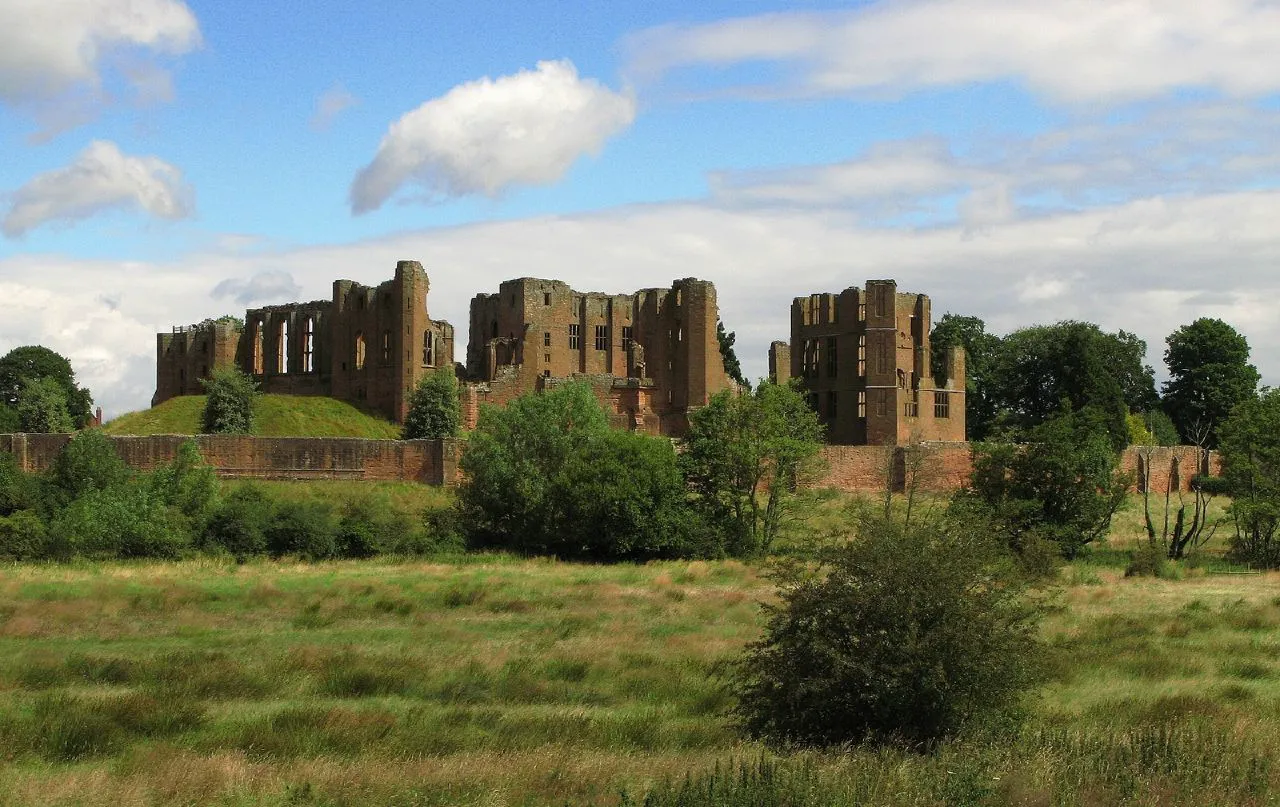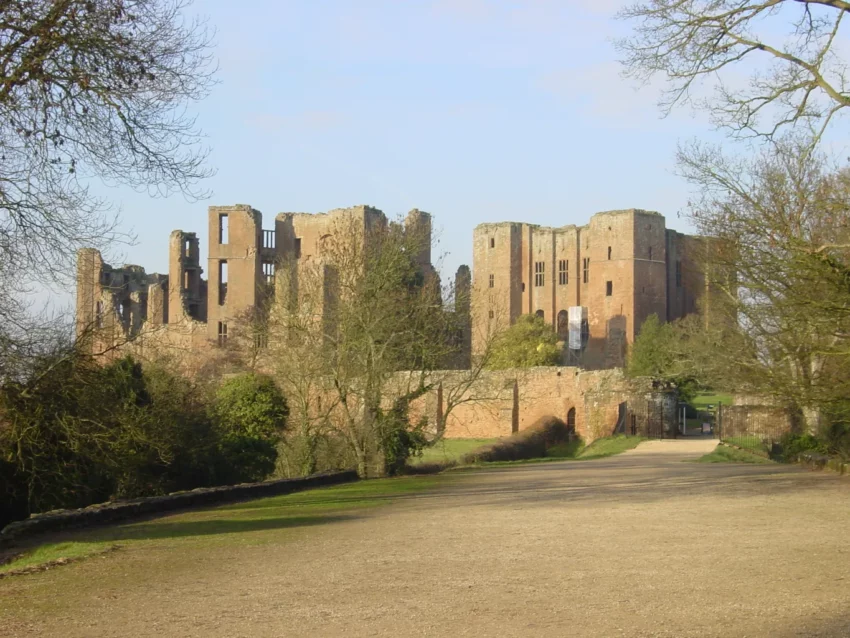Introduction to Kenilworth Castle
Kenilworth Castle stands in Warwickshire, England, under the management of English Heritage. Although largely in ruins, the castle’s historical and architectural significance remains undiminished. Founded during the Norman conquest of England, it saw continuous development until the Tudor period. Architectural historian Anthony Emery praises it as “the finest surviving example of a semi-royal palace of the later middle ages.”
Get your dose of History via Email
Historical Significance of Kenilworth Castle
Kenilworth Castle has played a pivotal role in English history. It endured the longest siege in Medieval English history in 1266, lasting six months. The castle also served as a Lancastrian base during the Wars of the Roses. Notable events include the deposition of Edward II and the insult to Henry V in 1414, which involved a gift of tennis balls from the French, spurring the Battle of Agincourt. In 1575, the Earl of Leicester hosted Elizabeth I here, showcasing the castle’s grandeur.
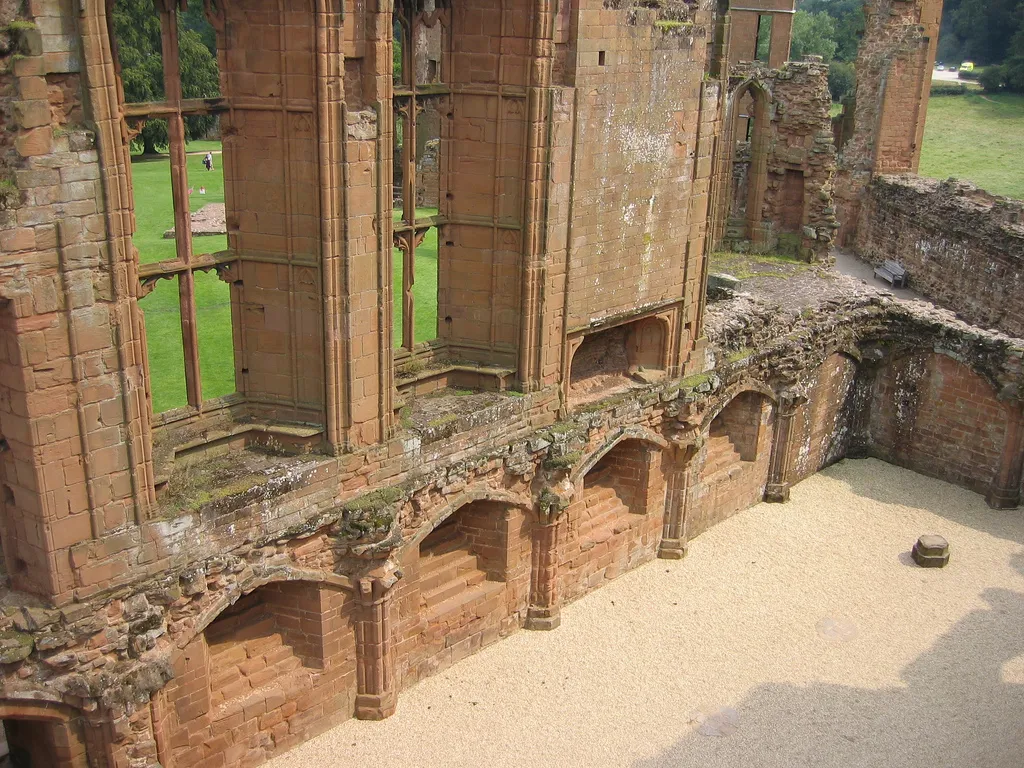
Architectural Evolution Through the Ages
The castle’s construction spanned several centuries, beginning with a Norman great tower in the 1120s. King John expanded it in the early 13th century, adding extensive water defenses. John of Gaunt transformed it into a palace fortress in the late 14th century, employing the perpendicular style. The Earl of Leicester’s 16th-century renovations added Tudor buildings, enhancing its Renaissance appeal.
The Castle’s Design and Layout
Kenilworth Castle showcases five centuries of English military and civil architecture, constructed primarily from local new red sandstone. Despite its partial destruction in 1649 to prevent military use, its architectural legacy endures. The castle features a complex of structures and defenses, including the Brays, the Gallery Tower, and the Tiltyard causeway, which also served as a dam.
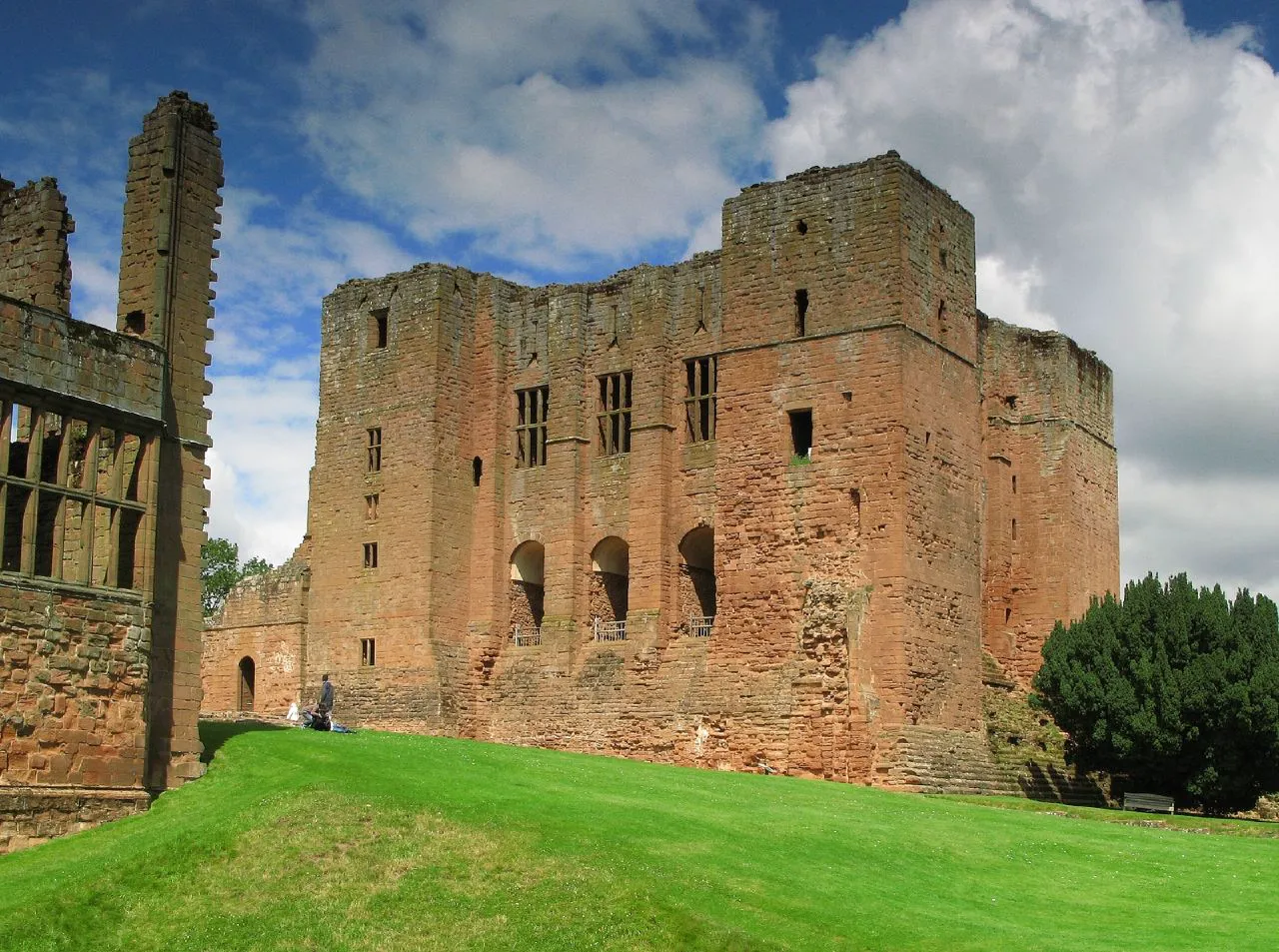
Inner and Outer Bailey
The inner court of Kenilworth Castle includes several significant buildings against a bailey wall of Norman origin. The great tower, a hallmark of the castle, features exaggerated Norman buttresses and once had a hall keep layout. John of Gaunt’s additions in the late 14th century are celebrated for their architectural finesse, particularly the great hall, which exemplifies the perpendicular style.
Leicester’s Influence in the Elizabethan Era
In the 1570s, Robert Dudley, Earl of Leicester, made substantial additions to the castle. These included Leicester’s building and a loggia designed to complement the new formal gardens, reflecting contemporary Tudor styles. His modifications aimed to blend the ancient with the modern, influencing later Elizabethan country house designs.
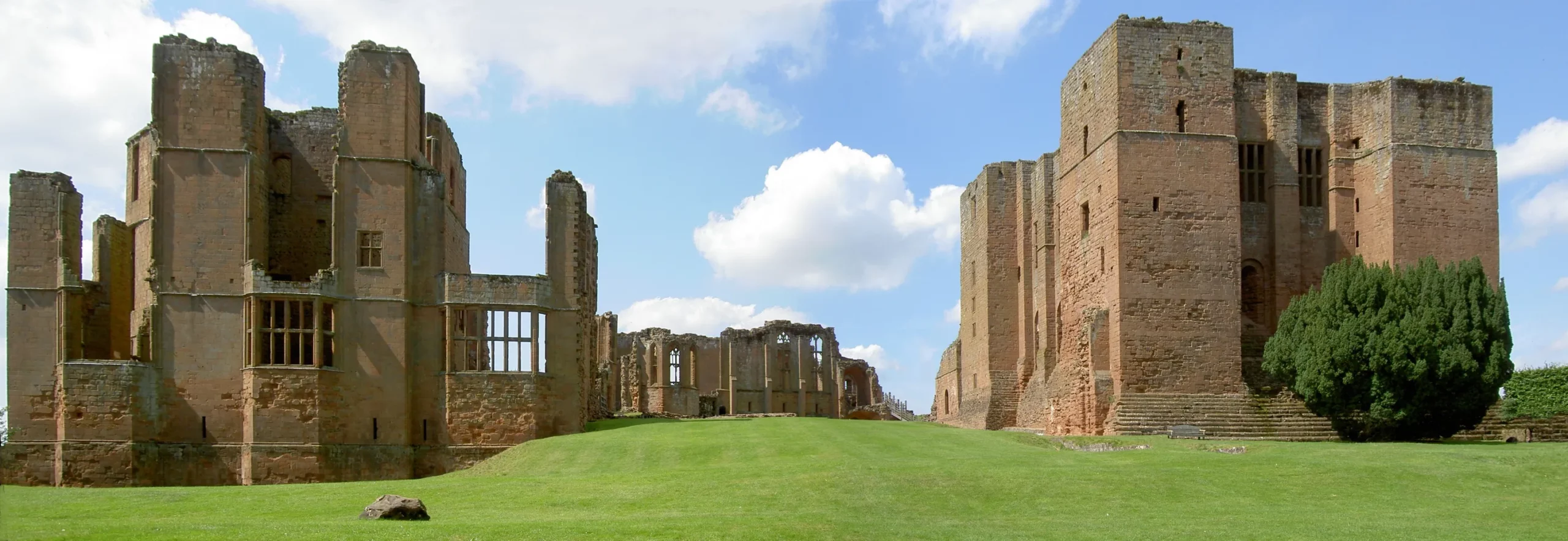
Gardens and Landscapes
The castle’s gardens, particularly the restored Elizabethan knot gardens, aim to replicate their appearance in 1575. These gardens emphasize design over flora, featuring sculptures and a marble fountain. The Pleasance, a banqueting house created by Henry V in 1414, exemplifies the castle’s extensive use of landscape for both utility and aesthetics.
Conclusion
Kenilworth Castle, with its rich history and architectural evolution, remains a testament to England’s medieval and Tudor periods. Its ruins continue to attract scholars and visitors, drawn by its storied past and its role in shaping British history.
